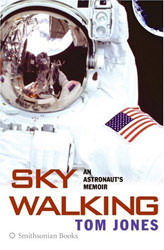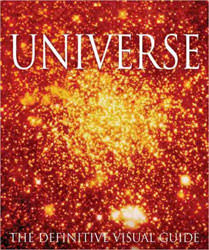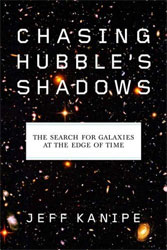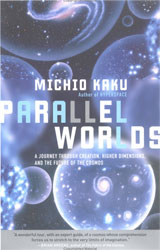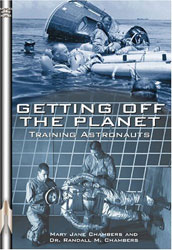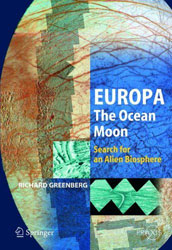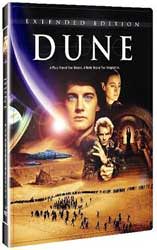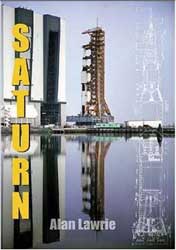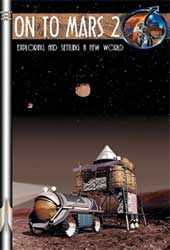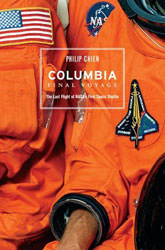
Tragedies bring on sad times. People reflect and think of what’s changed or lost. No one wants unfortunate events, but great rewards only come with great risks. Philip Chien in his book Columbia Final Voyage brings a comprehensive, personal view of the most recent shuttle disaster. He shows that it was just one more risky attempt to further understand the complexities and dangers of space.
The Columbia space shuttle destructed during its re-entry in February 2003. The accident investigation board traced the fault to a chunk of foam that came loose at launch. The foam hit the shuttle’s forward wing edge and pierced the heat resistant shielding. Thus, on re-entry, the shuttle burned up. The seven astronauts onboard all perished, yet many results from their 16 days of research were saved and used. Due to an unprecedented number of delays prior to launch, the seven came to learn more about the background of their onboard experiments as well as each other. Their camaraderie and willingness to face risks for potential scientific rewards show the strong sense of compassion and desire held by everyone.
Chien was at the landing site in Florida waiting hopelessly for Columbia to return. Prior to this, he had witnessed the launch and had many opportunities to talk with the crew during their years of training. With this viewpoint, he relives Columbia’s final voyage, not as a vindicator trying to lay blame, but as a concerned participant wanting to express his own thoughts and feelings. He does this by providing a short biography of each of the seven astronauts, a review of their experiments and a description of the activities while the mission was underway. A brief but encompassing perception of the aftermath completes his review of the last flight of NASA’s first space shuttle.
In the biographies, Chein puts a face to a name and a person to the face. He includes how the astronauts came to join the NASA fold, a bit of their personalities and some words on significant others in their lives. Certainly the 8 to 10 pages for each isn’t exhaustive, but it does add that human element.
Chien next tackles the task of the mission. This was for microgravity research. Though maligned as a series of high-school experiments, Chien shows that a lot of serious science kept the astronauts busy for the full duration of their 16 day mission. Some even volunteered to work during their scheduled rest periods to get malcontent equipment to cooperate. To relive mission, Chien allocates a chapter for each day of the flight. He describes the main activities regarding the research as well as off-hand human touches. For example, there’s the menu items, wake up songs and many capcom dialogues. Also, as some images survived the burn-up, he includes photographs of the astronauts going about the tasks. Even were this mission not a tragedy, Chien’s review provides plenty of interest.
Apart from a look at the science, Chien provides a great overview of a typical shuttle research mission. Included are the experiments, with the identities and expectations of the principal investigators. As the mission progresses, he shows the research progressing, building on results from the previous day. The uninitiated reader can quickly appreciate the shuttle’s capabilities and operations. Though Chien’s perspective is of one who?s never flown, he does include many first hand accounts from those who have.
Chien’s overall objective is to establish a synopsis of Columbia’s mission, and he succeeds. His is a fair and honest book about the people and the mission. He points few fingers, he maligns the conspiracy theorists, and he does refute those who thought the mission unworthy. His own involvement with the shuttle operations comes through as he provides information regarding systems, structures and procedures, though not so much as to overload the reader. In total, he’s produced a warm memorial both for the people and the mission.
However, though Chien provides a warm memorial, he doesn’t add any new information. Further, his presentation, though logically and chronologically laid out, can get stilted. He has a particularly disturbing habit of referring to a related web link. This makes the book seem to be support material for the web site rather than a stand alone source. Further, though the many quotes lend authenticity, they interrupt the text. His drive for detail doesn’t always mesh with the warm personal anecdotes from the astronauts lives. Nevertheless, the book is an excellent source for someone wanting to relive this mission or to reflect on the nature of the people involved or on people in general.
The Columbia mission ended in tragedy. But this is no reason to end research in space. Philip Chien in his book, Columbia Final Voyage shows the dedication and drive of the seven astronauts who lost their lives. His thoughtful and sombre tribute to the astronauts is a pleasing dedication to them and their mission.
Review by Mark Mortimer

